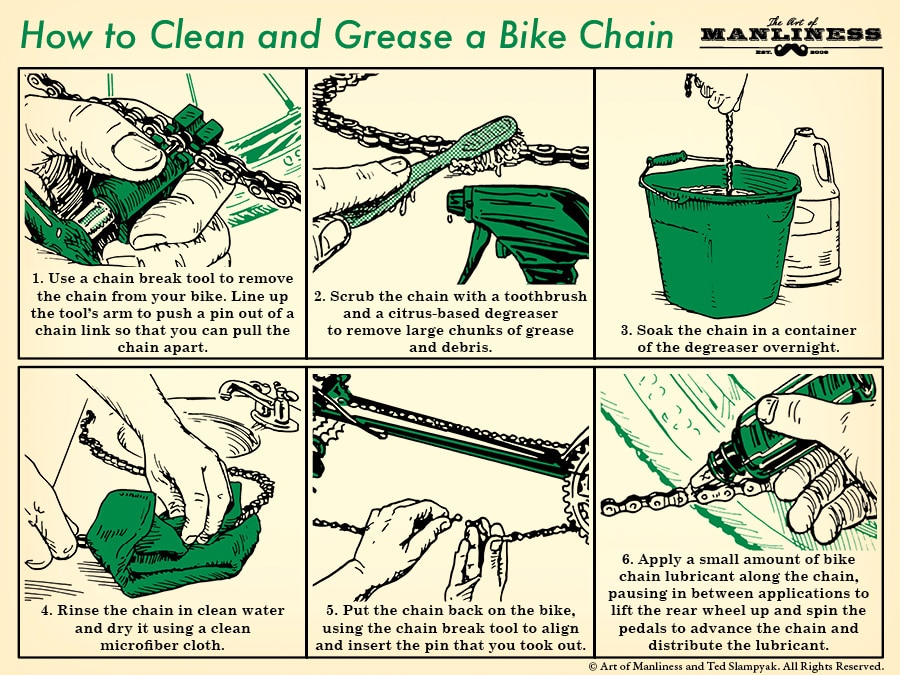
Cleaning your gutters is one of the un-sexiest home maintenance chores you can do. It’s usually dirty, you’re moving the ladder a lot, you’ll likely get wet from flushing the gutters, and it’s not exactly something you can show off once you’re done (like you can with a clean and organized garage). Not doing it regularly, though, can spell trouble for your home. If the gutters are too full, water can actually damage the roofing and the fascia (the boards behind the gutters, rather than the tough tissue in the human body). Overfull gutters can spell trouble below deck as well, as water pouring over the gutters versus going cleanly down the spouts can mean water getting to your foundation, and possibly into your basement and crawlspace. The torrents can also do a number on your garden beds if they’re right under the gutters.
While it’s a simple task, below I offer a few reminders and perhaps a couple new ideas on how to keep your gutters clean as a whistle, and thus protect your home for years to come.
When to Clean Your Gutters
Twice a year — once each in the spring and fall — is the recommended amount and timing for cleaning your gutters. In my neighborhood though, we have plenty of trees, meaning I’m doing it much more than that. After a big storm, or even just a couple months of wind and rain, I’m up there cleaning them out, even if it’s just to remove a downspout clog. And in the fall alone I do it a couple times as well with the bevy of leaves we get.
It’s far more pleasant to wait until your gutters are dry to clean them out. Otherwise they’re quite mucky, which makes them harder to de-gunk. It’s also not a bad idea to check your gutters before you’re forecasted to get a big storm. I’ve sat in my dining room and watched the rainwater pour over the gutters and into the garden and foundation, which I probably could have prevented by doing a quick 10-minute sweep of even just the spots near the downspouts. Better to do this chore too much and keep your foundation safe than not enough.
Safety First
Don’t attempt to clean your gutters from the roof. You’d be turning this chore into a needlessly dangerous proposition. A ladder is going to be your best bet. Make sure you’re following best practices for ladder safety; cleaning out gutters is a simple task but it can quickly go awry if you aren’t paying attention. Perhaps most pertinent for this particular chore: don’t reach out further than is safe to do. It’s easy to think you can lean out as far as your body will take you, since it means moving the ladder less, but remember, keep your waist between the rails. Don’t contort yourself trying to get an extra few inches; the risk isn’t worth it. Since you’re moving the ladder a lot, on potentially unsteady lawns and gardens, also be sure you have stable and even footing; get a spotter if needed.

Standoff stabilizers — so you can clean your gutters without wrecking them.
If you’re using an extension ladder, it’s a good idea to get what’s called standoff stabilizers. These will prevent the ladder from lying on the gutters themselves, which can cause damage.
For collecting the debris (rather than leaving it scattered about your property), you can lay out a tarp underneath your gutters, and just move it along with you when you move the ladder. If using an a-frame ladder, it’s also easy to use a bucket with a handle, which can be attached to one of the built-in hooks on the top of most ladders.
Get That Gunk Out!
Using a small garden trowel, or just your hands with a pair good gloves, scoop out the leaves and sediment, starting at the downspout. In my experience, your hands are a better tool for this job. They’re just all around more maneuverable; getting downspout clogs loosened is far easier with hands than a trowel.
When you’ve cleaned as much as you safely can in one spot, move the ladder on down and repeat the process with all your gutters. Once you’ve got all that you can with your hands, use a hose to flush the finer debris, starting at the end opposite the downspout. Let it run for a minute, and ensure that water is coming cleanly through the spout. If it’s just trickling, you know you still have a clog. In that case, run the hose at high pressure right into the downspout to clear it.
If you’re not the home handyman kind of guy, there are several options for alleviating this chore altogether. Gutter whiskers and other insert-type products simply lie in the gutters themselves and prevent leaves and other gunk from building up; they’re rather expensive though. Mesh guards are far cheaper, and act as just a netting over the gutters. Yet another DIY option are snap-in plastic covers, but you have to ensure that your gutters are compatible before committing to buying them for your entire home. Exploring these options is on my own home maintenance list for this fall; if you have recommendations, please let me know!








